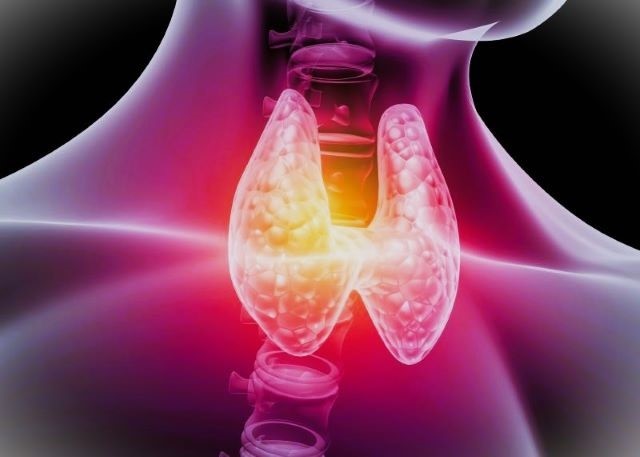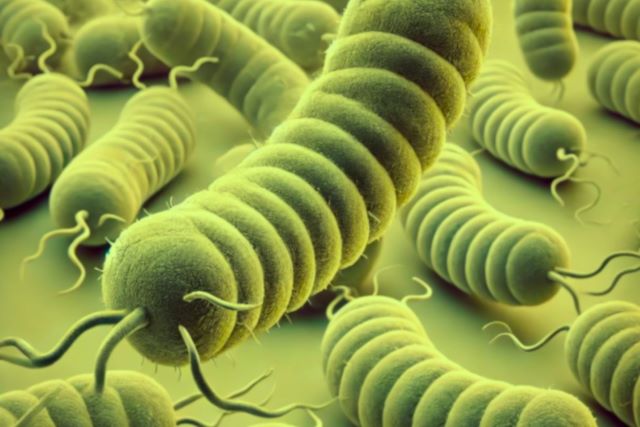Pathogenic Biofilms: Unlocking Powerful Strategies for The Most Effective Treatment. Part 1

This article is dedicated to the treatment strategy for pathogenic biofilms that may be present in the body, starting from improving the body’s condition, breaking down biofilms, cleansing the body from their remnants and toxins, eliminating possible infections caused by biofilms, and, finally, restoring healthy microflora to promote overall body health. All these stages are well known, but it’s almost impossible to go through them without encountering various problems. This is due to both the individual’s health condition and the unique composition of pathogenic biofilms in each case. That’s why each case requires its unique approach, meaning there can’t be a universal treatment protocol. The first part of the article will focus on therapies that significantly accelerate the treatment process and are performed by specialists in the office.









